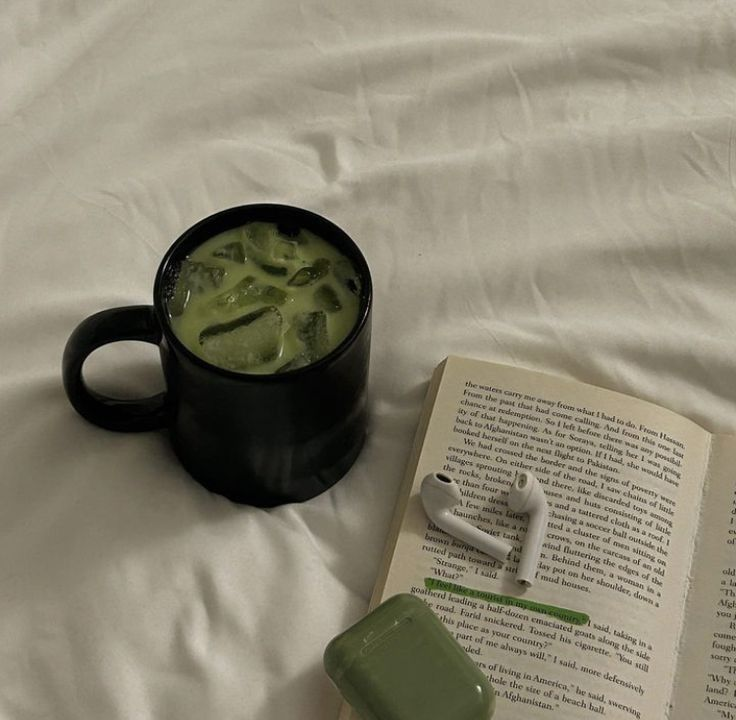
Common Matcha Mistakes (How to Avoid Them)
Matcha is more than just a trendy drink, it’s a centuries-old tradition that offers a unique blend of flavor, ritual, and health benefits. But if you’re just getting started with matcha, it’s easy to make a few missteps that can ruin the experience (and the taste). Here are the most common matcha mistakes beginners make, and how you can avoid them to get that perfect, frothy, delicious cup every time.
1. Using the Wrong Water Temperature
The mistake: Pouring boiling water directly onto matcha powder.
Why it’s bad: Boiling water (100°C) scorches the delicate matcha, turning its taste bitter and grassy.
The fix: Heat your water to about 70–80°C. If you don’t have a thermometer, boil your water and let it sit for 10 minutes before using.
2. Skipping the Sift
The mistake: Scooping matcha straight from the container without sifting.
Why it’s bad: Matcha clumps easily. If unsifted, it can make your drink lumpy and hard to whisk properly.
The fix: Use a small sifter or fine mesh strainer to sift matcha into your bowl before whisking. This ensures a smoother, frothier finish, while preventing clumping of your matcha.
 Photo by: Pinterest
Photo by: Pinterest
3. Using Too Much (or Too Little) Matcha
The mistake: Eyeballing your measurements or using a random spoon.
Why it’s bad: Too much matcha can be overwhelming and bitter; too little can taste watery and weak.
The fix: Use a sensitive scale or measuring spoon to measure the perfect amount of grams for your matcha recipe.
4. Whisking Incorrectly
The mistake: Stirring in circles or using a metal spoon.
Why it’s bad: This doesn’t create the proper froth and can leave clumps behind.
The fix: Use a chasen (bamboo whisk) and whisk vigorously in a "W" or "M" motion for 15 to 20 seconds. This incorporates air for that signature creamy foam.

Photo by: Pinterest
5. Buying Low-Quality Matcha
The mistake: Grabbing the cheapest matcha off the shelf or from a random online source.
Why it’s bad: Culinary grade or low quality matcha is meant for baking or cooking, not drinking. It tends to be dull in color and bitter in taste.
The fix: Choose ceremonial grade matcha for drinking. Look for vibrant green powder, smooth texture, and a fresh, grassy aroma. For lattes, using barista grade matcha is a great economical alternative!
6. Not Storing Matcha Properly
The mistake: Leaving your matcha out in the open or near heat or sunlight.
Why it’s bad: Matcha is sensitive to air, light, and moisture. It can degrade quickly and lose its flavor and nutrients.
The fix: Store your matcha in an airtight container, away from sunlight and heat. Keep it in a cool, dry place (some even store it in the fridge).
7. Expecting It to Taste Like Coffee or Tea Lattes
The mistake: Comparing matcha to coffee or assuming it should taste like a Starbucks green tea latte.
Why it’s bad: Matcha has its own unique umami flavor profile that takes time to appreciate. Sweetened drinks can mask its natural taste.
The fix: Approach matcha with curiosity. Try it traditionally first (just matcha + water), then experiment with oat milk or a touch of honey if you prefer a softer entry point.

Final Thoughts
Getting into matcha is a journey, one filled with trial, error, and eventual obsession. By avoiding these beginner mistakes, you’ll not only enjoy a better tasting cup but also come to appreciate the mindful process behind every whisk. Like anything worth savoring, matcha rewards patience, precision, and a bit of practice.
